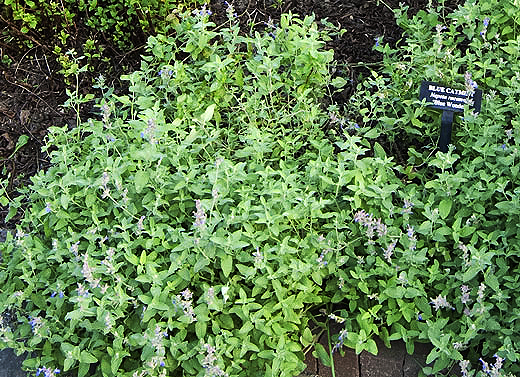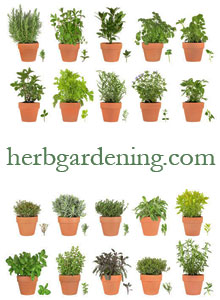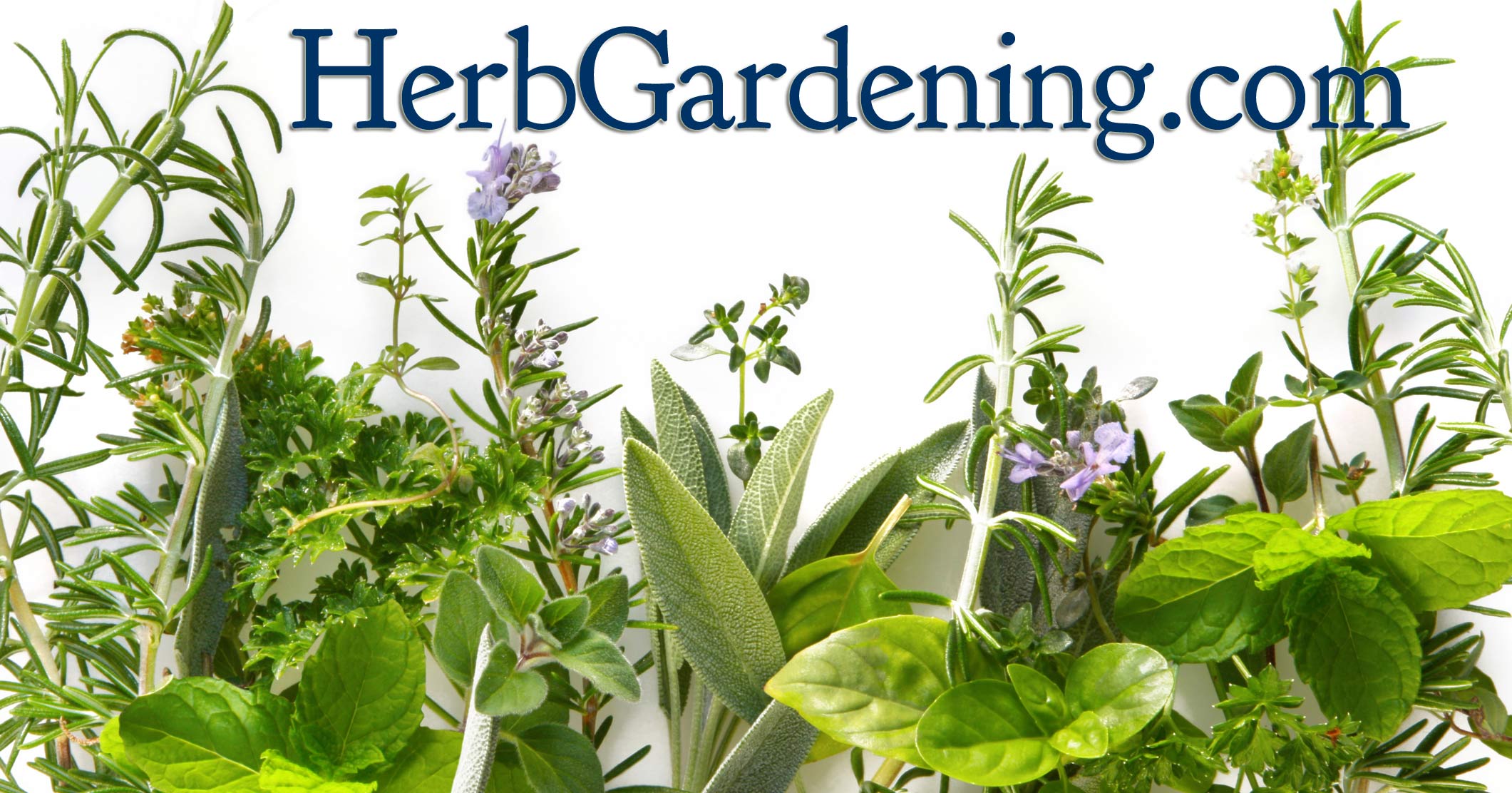How To Grow Catnip or Catmint
Nepeta cataria

Catnip and Catmint are the common names for Nepeta cataria, a hardy perennial herb of the Mint Family, with pungent fragrance which is highly attractive and exciting to cats.
Catnip grows to a height of three or four feet, and features downy, light green foliage with small lavender flowers that grow on spikes up to five inches long.
Catnips grow well in almost any soil, but does best in a moderately rich loam that is well-draining. It's aroma increases when grown in sandy soil or via the hydroponic method. It will grow acceptably in either sun or shade.
Catnip is easily propagated by seed, stem cuttings, or rootball division. Seed should be sown in rows late in fall or early in the spring and lightly covered. When sown in the fall, a denser crop is ususally achieved. When plants reach five inches tall, thin so that they stand 12 to 18 inches apart. Catnip can also be started early indoors and transplanted outside after the last chance of frost.
Cats aren't the only creatures that benefit from Catnip as the leaves may be candied to enjoy as a dessert and it's oil is used to relieve the symptoms of headaches and nervousness.
Growing the Herb Catnip
Catnip grows best in full sun combined with average, well drained soil. It grows well in hydroponics as well. It is a perennial herb of the mint family that will grow from 3-5 feet tall. Water them regularly. Cut out last years spent stems in early spring, which creates room for new ones. Cutting the plants completely down after the first bloom set will allow enough time for the plant to completely regrow and bloom again.
Growing Cultures
Outdoors, containers (sow direct in final pots, or in plugs and later transplant to final pots), and hydroponics.
Plant Height
Catnip usually grows to a height of 3 to 4 feet (90 -120cm).
Plant Spacing
Catnip plants should be spaced between 15 and 18 inches (38 and 45 cm) apart.
Preferred pH Range
Catnip will grow in a relatively wide pH range between 6.1 (mildly acidic) and 7.8 (mildly alkaline).
Propagation
From seed. Start seeds indoors prior to the last frost.
Seed Germination Period
Catnip seeds will germinate in soil in approximately 7 to 10 days, but can germinate in as few as 5 or 6 days in dedicated propagation media such as Oasis Rootcubes, Rapid Rooters, or Grodan Stonewool.
Number of Seeds per Gram
There are between approximately 1,000 and 1,250 catnip seeds per gram, depending on variety.
Soil Requirements
Catnip grows fine in well drained, average soils.
Alternative Growing Media
Soilless potting mixes (Pro-Mix, Sunshine Mix, etc.), perlite, vermiculite, rockwool, coco peat, Oasis Rootcubes.
Time From Seed to Saleable Plant
Sow in plugs or seedflats 12 to 15 weeks before sale. Seeds to finished plugs, 8 to 10 weeks; plugs to saleable plants, 3 to 5 weeks.
Sun & Lighting Requirements
Catnip grown outdoors prefers full sun, but will tolerate some shade..
Catnip will grow indoors satisfactorily under standard fluorescent lamps, and exceptionally well under high output T5 fluorescent plant grow lights, compact fluorescent, or high intensity discharge (metal halide or high pressure sodium) plant growing lights.
Keep standard fluorescent lamps between 2 and 4 inches from the tops of the plants, high output and compact fluorescents approximately one foot above the plants, and HID lights between 2 and 4 feet above the plants, depending on wattage.
Have an oscillating fan gently stir seedlings for at least 2 hours per day to stimulate a more compact, and sturdier plant habit.
USDA Hardiness
Perennial. Zones 3a through 9b.
Water Requirements
Water regularly, being careful not to overwater. Allow soil to go almost dry between watering, then soak thoroughly.
Potential Plant Pests and Diseases
Catnip can be susceptible to whitefly and spider mites but has minimal disease issues.
Special Notes
Catnip may be considered a noxious weed or invasive plant in some areas. Catnip is known to attract bees, butterflies or birds and has fragrant blossoms. Catnip self-sows freely; remove flowers (deadhead) if you do not want volunteer seedlings the following season.
Buy Catnip Seeds by Botanical Interests
Heirloom Catnip Seeds
Enjoy a cup of hot catnip tea while watching your cats frolic in a patch of this fragrant plant.
Organic Heirloom Catnip Seeds
Along with fresh catnip planted in containers indoors, catnip toys will provide your cats with hours of fun.




